Audi Q4 E-tron
The Q4 is the first crossover in the growing E-tron family, built on the MEB architecture of Volkswagen and will feature an electric motor driving each axle, using the all-wheel-drive characteristics of Audi’s vaunted Quattro. The power output from an 82 kWh battery pack installed in the gap between the two axles is estimated to be 225 kW (approx. 301 horsepower). The MEB platform makes a spacious cabin for the four passengers, in addition to offering great handling with a low centre of gravity. Many of the same switchgear and monitor arrays are used for the driver’s cockpit as the big brother E-tron, which will have a stylish and spacious cabin that punches above its weight category.
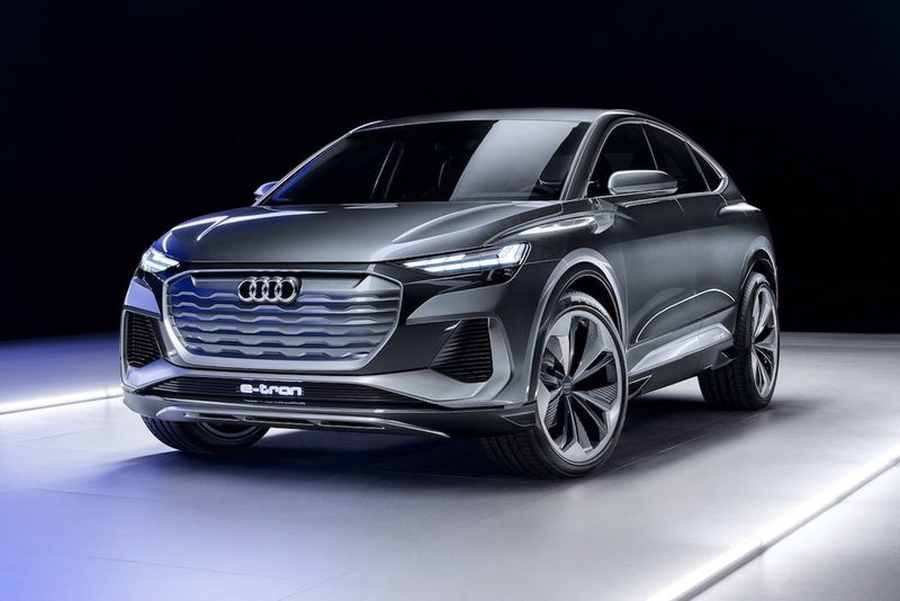
A third-party range has not yet been verified, but Audi has recorded over 450 kilometres. Notice that this is the European test cycle; the EPA cycle that Canada uses is normally 20% or so lower. The Q4 supports up to 125 kW charging as well. Cost: 65,000 dollars (est).
BMW i4
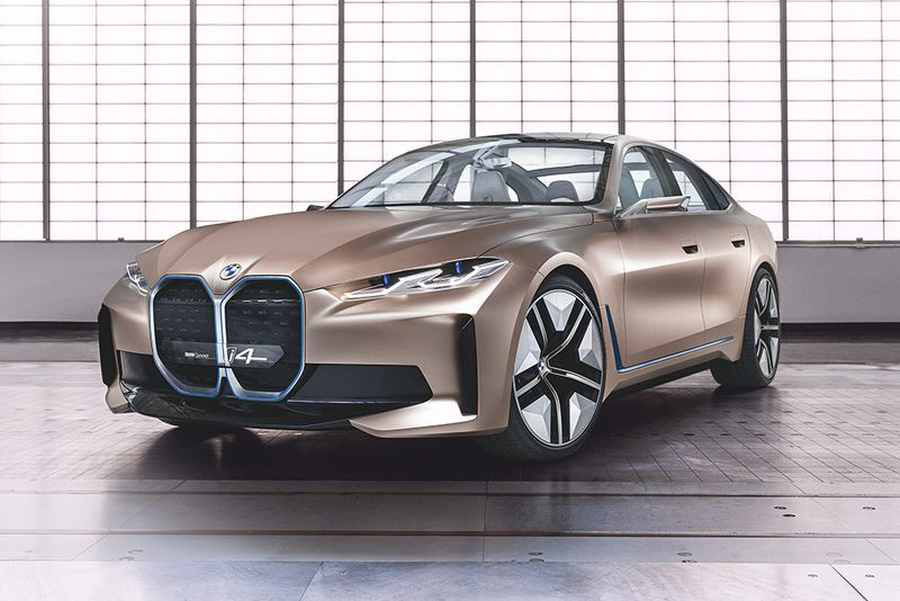
Although the new front grille made social media whine-lines when the all-electric i4 fastback concept of BMW was unveiled earlier this year, the real features of this luxury sport sedan concept were exposed once the fan-boy clamor died down. Styling inside and out is jaw-dropping, with more Bentley than Bimmer in terms of fashion attention to detail. The new BMW Curved Panel, which houses the instrument cluster and the infotainment center, will definitely be on several other best-of lists this year in particular.
How to Stop Car Door from Squeaking
The i4 is available in rear and all-wheel drive configurations, gets its power from a lithium-ion battery pack of 80 kWh, and supports up to 150 kW of DC fast charging. In terms of range, the range is a good 600 kilometers on the European test cycle, horsepower is rated at 523, and BMW says the i4 can flatly reach 100 km/h in four seconds from zero. At some point, the i4 will also receive the M treatment, making it the first electric battery to be developed by the motor sports division of BMW. Price: TBA.
Chevrolet Bolt EUV
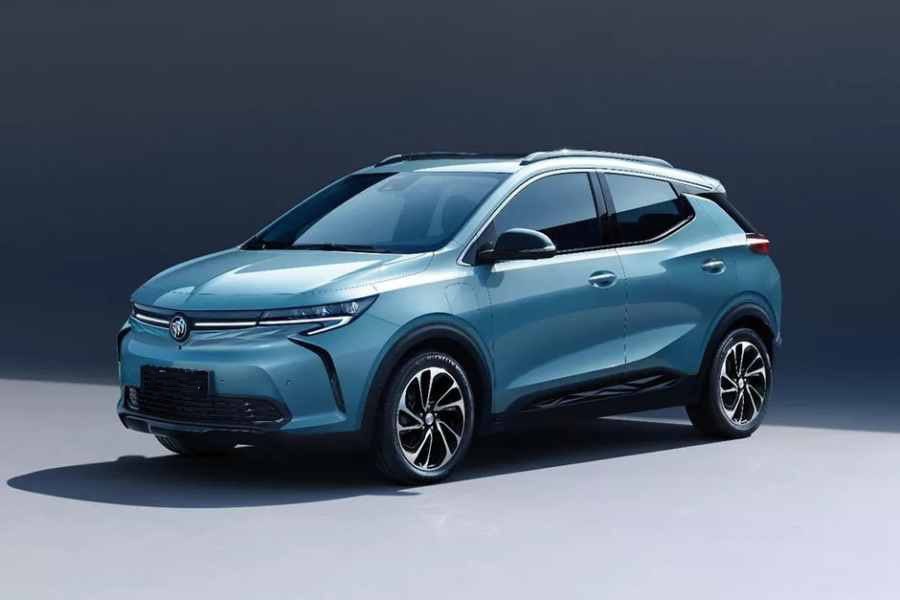
I have proclaimed it the best value-for-money EV available in Canada since I first drove the Chevrolet Bolt back in 2017. I still stand by that, and I recognize that in terms of material qualities, there are deficiencies with the cabin. But it’s always a blast from a driving perspective, which makes me happy to know that I’ll be able to take out its latest and larger brother, the Bolt EUV, by the end of next year, COVID willing (electric utility vehicle). Critics of Bolt would say this is the vehicle GM was meant to manufacture over the original odd-looking and stubby hatchback three years ago, and they may not be incorrect. The EUV is longer and taller than the Bolt hatch, and looks very much like your crossover, electrified or otherwise, garden-variety. The EUV would be the first GM vehicle outside of Cadillac to provide Super Cruise, an industry-leading hands-free driving system, in addition to its electrification. Cost: $40,000 US (est).
Ford F-150 Electric
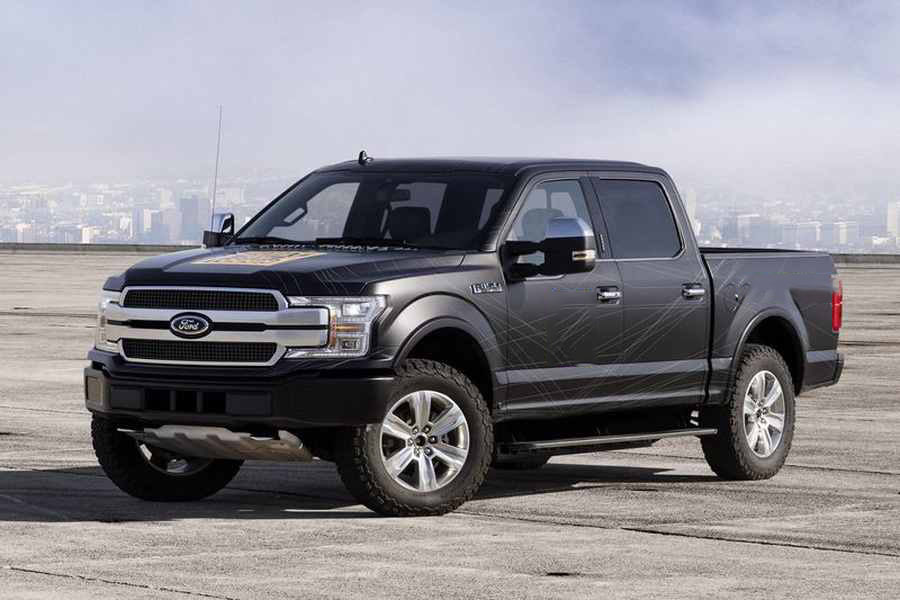
By far the most utilitarian on the list, not only for Ford, but also for the North American EV landscape, the electric F-150 is the most significant. Ask most industry watchers what will signal that an EV turning point has been reached and the introduction and popularity of all-electric pickup trucks tops the list. Pickups are their bread and butter for the Big Three car manufacturers, but look out if they can build EV pickups that work for working men and women.
And since the Ford F-150 is the gold standard, a game-changer could be an electrified version. Information about the electric powertrains and specifications have yet to be released; all Ford has actually disclosed about the F-150 Electric is a video of a prototype towing a million pounds of rail cars loaded with F-150s powered by diesel, apart from a development timeline. The F-150 Electric will start production next year, but don’t expect it until early 2022, at least for Canada, in showrooms. Cost: U.S. 75,000 dollars (est).
Mercedes-Benz EQC
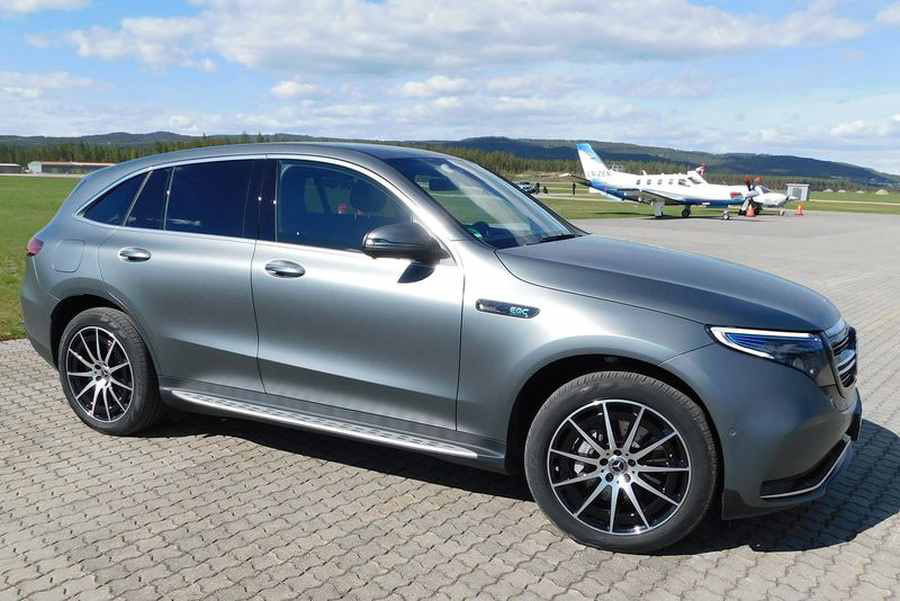
It’s a little odd to include this is a new-for-2021 roundup, as back in May 2019 I drove the EQC in Europe already. But Canada does not top the list of nations having first crack at the latest ones, as is the case for so many global EVs. For those looking for a very well-built and thought-out crossover, the wait will be worth it, however.
The EQC closely resembles the GLC of the gas-powered stable of Mercedes in terms of size. What they share is a first-class cabin, from architecture through to materials used, along with all vehicles decorated with the three-point star, and a driving feeling honed from decades of top-flight engineering know-how. With Mercedes-esque output numbers of 402 horsepower and 564 pound-feet of torque, power comes from an 80 kWh battery. The steering wheel-mounted paddle shifters control five regenerative braking settings, and the range is in the 350-to-375-kilometer sector. Cost: $67,900 US (est).
Nissan Ariya

When it launched in 2010, the Nissan Leaf was the first mass-market EV to be made, so it is somewhat surprising that it took a full decade for the Japanese automaker to follow up. Judging from what we know so far about the Ariya of 2022, it may just be worth the long wait.
The crossover will be available with either front- or all-wheel drive, and with either a 63 kWh battery as standard or an optional 87 kWh battery, with a longer range than the Leaf by about a third. As for charging, the Ariya will adapt to fast-charging systems of 110 volts, 240 volts, and DC. Within, the famous ‘zero-gravity’ seats of Nissan and dual 12.3-inch displays that combine the optical gauge cluster and the infotainment screen will be present. And with ProPilot 2.0, the new Nissan semi-autonomous driving system, all Ariyas come as usual. Expense: TBA.
Volkswagen ID.4
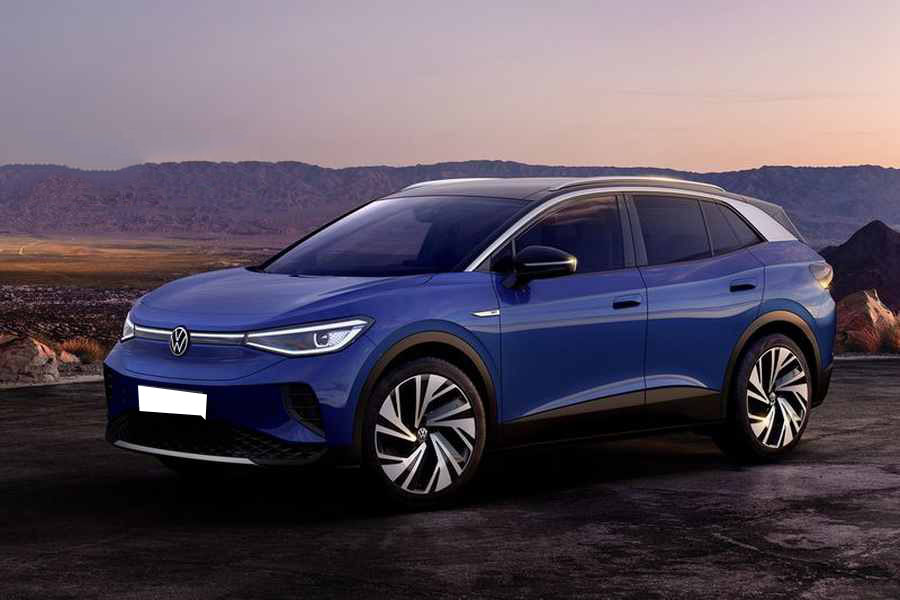
The ID.4 is slightly smaller than a Tiguan and will be available in rear- or all-wheel-drive configurations, the first ‘long-range’ EV from Dubbed VW with an estimated 400-plus kilometers. There will be 201 horsepower on the former drivetrain; the latter will have 302. When the ID.4 arrives at Canadian dealerships this summer, two trims will be available: a regular and a statement package that adds front seats for massage and memory leatherette, a panoramic glass moonroof, a power tailgate, and 20-inch alloy wheels. Canada-friendly is the list of standard features, including, among other items, a heated windshield, a heated steering wheel, heated front seats and cabin pre-heating.
The battery is a 77 kWh lithium-ion pack of 84 kWh and will allow for DC fast charging of up to 125 kW, which, according to VW Canada, translates from 5 to 80 percent to a 38-minute charge. In addition, at Electrify Canada stations, ID.4 customers will be paid free of charge for at least two years. Cost: 45,000 dollars (est).
